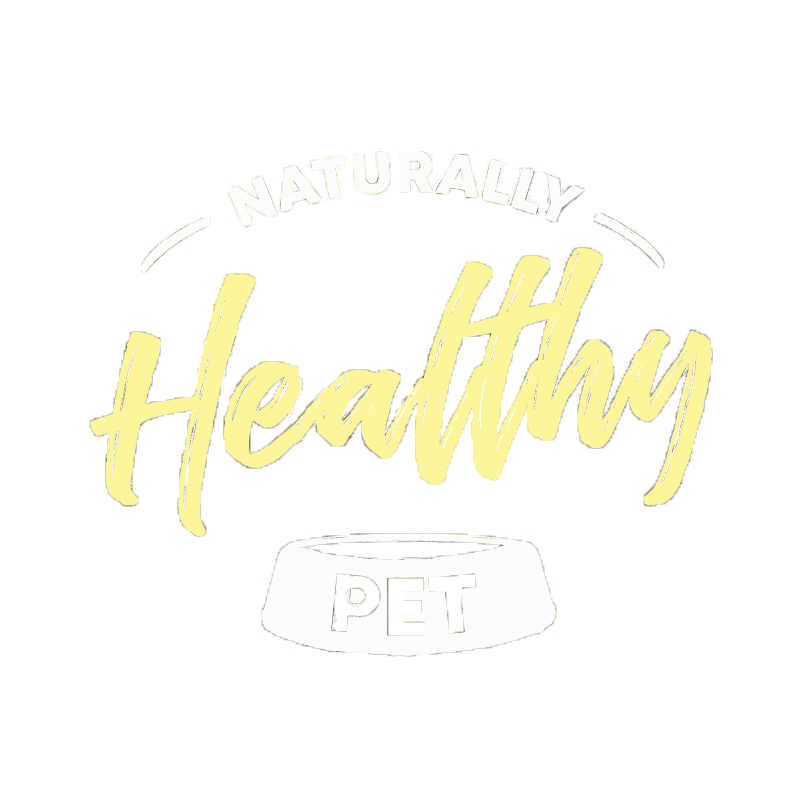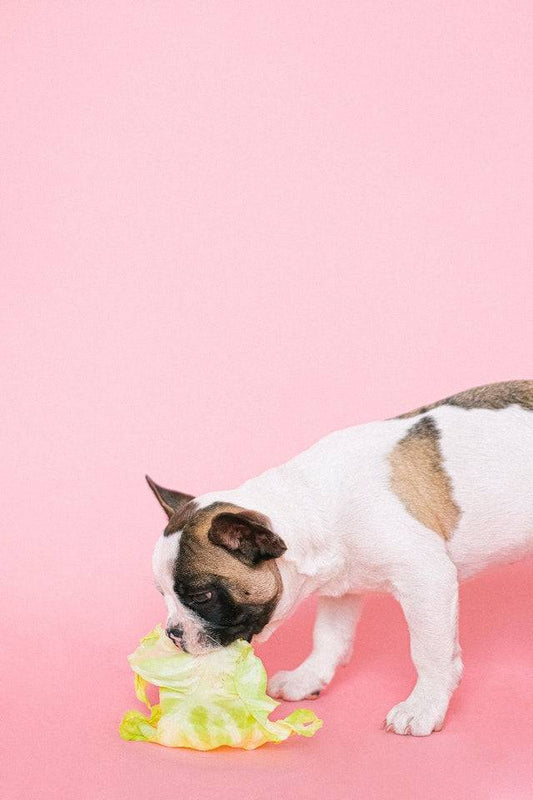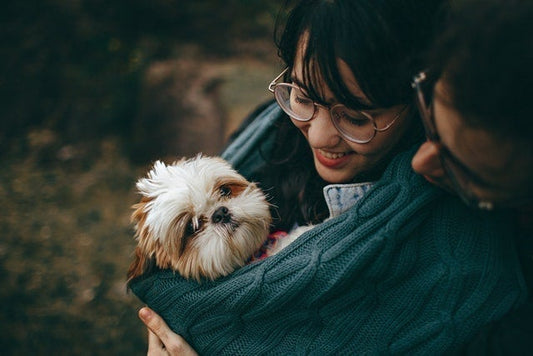We all remember the vets warning, “never ever feed your dogs bones” – but many will also remember dogs always having marrow bones and ribs when they were younger, and some who lived in the country or on farms etc. will also remember their dogs always having raw food or tripe for their food.
Whichever vets first uttered that warning, did the canine world a great dis-service by not clarifying that they were talking about ‘cooked’ bones… Cooked bones where all the moisture is gone because of the cooking process, leaving them dry and brittle… Which would, of course, pose a high risk of splintering and causing health issues.
That is not to say there lies ‘zero’ risk in feeding raw bones, but there is risk in everything, dried pet foods known as ‘kibble’ harbor salmonella and bacteria and pets have choked on kibbles before now, there is risk in everything.
What is needed is basic good old common sense – you don’t start a new diet without researching first, talking to others who successfully follow that diet and have done so for a good number of years, even someone, such as myself, who will offer consultations and ongoing support, or joining a group for support in case you have queries and questions.
Raw bones still have all that lovely moisture in them, making them more pliable, add to that the fact that animals are killed at such young ages these days, thus having softer bones, and unless you neglect ensuring your dog knows how to eat a bone ‘nicely’ there is very little danger of a bone causing problems.
How do we ‘teach’ a dog to eat bones ‘nicely’? Some dogs ‘inhale’ their food and gulp it down so quickly that to just give them a bone one day would be foolish, but many dogs eat their food nicely and do eat small amounts at a time.
For dogs where there is a chance they may gulp, or the owners are unsure, there are 2 ways which both work very well:
1. Whatever bone you are giving your dog, hold it and only give access to small parts of it to the dog so he/she can only get small bits at a time – after a few times the dog will naturally eat it this way, and if you teach the word ‘gently’ whilst doing this, and use that reminder when you start letting the dog have the bone without you holding it, this works well.
2. Give a really large, meaty bone as large, or larger than your dogs own head – like half a whole chicken, or a whole chicken – so the dog has to work and has eaten some meat already before it eats the bone, and has tired it’s jaws out a bit already and so will eat slightly slower.
What do bones ‘bring to the table’ for our dogs in their diet ? Important minerals such as calcium, phosphorus a protein containing essential amino acids, including lysine (blood-forming nutrients including copper and iron [from the marrow]), essential fatty acids (fat-soluble vitamins [A, D and E]). Because a dogs digestive system is still the same as a carnivore and has not evolved [has adapted to a small extent but not evolved] they have stronger stomach acid than people and are therefore able to access nutrients which would simply be inedible to a person. The action of chewing, crunching and tearing at bones releases feel-good endorphins in the brain, such as serotonin, which also creates a feeling of well-being and calm within dogs. It is also good exercise, as when a dog is eating a bone, all it’s upper body muscles are being used, digestive juices are flowing, they are stimulated as they are fulfilling natural instinctual urges, which stimulates the flow of brain chemicals and these help tone the hormonal and immune systems. Regularly being able to gnaw on bones also acts like a toothbrush and floss for our dogs and can prevent tartar and plaque build-up, which lead to bacteria on the teeth releasing noxious gases, giving our pets bad breath and eventually leading to gum and tooth disease, periodontal disease, and as the bacteria from the diseased gums and teeth travel further into the body on food eaten, will lead to internal disease within the body such as Liver and Kidney disease and Immune system problems.
My dogs have loved their bones for over 10yrs now, above is my 4yr old German Shepherd Tye’s teeth – he has never visited a vet or needed his teeth cleaning. Suitable bones to give your dogs are : Beef, Lamb, Pork, Deer, Rabbit, Chicken, Turkey, Duck, Pheasant – and many other animals your dog may eat as small prey. Avoid leg bones and knuckle bones from large animals, such as cows and large deer, as the more weight a bone has had to carry, the harder the bone will be and there is a chance there of your dogs teeth being chipped, or a small chance of splintering. In some countries Pork can contain parasites, but in many countries, including the UK this is not a problem – check with your source if unsure and only feed human grade. A great favourite with my dogs has always been chicken Carcass’s [as seen above], which are easily obtained from most Butchers [what’s left once the butcher has taken his lot] which often includes organs, some skin and meat as well as the skeletal structure. Even if you don’t ‘go the whole hog’ with feeding a natural raw diet, just giving your dog a raw meaty bone every day or every other day will give health improvements.





